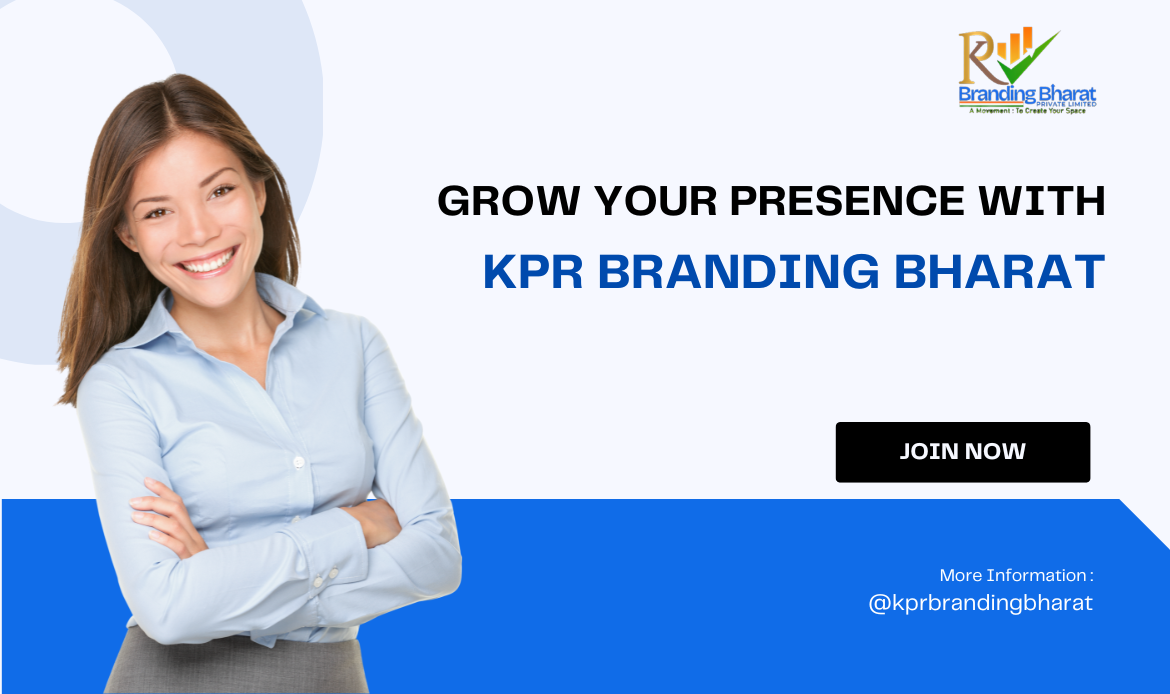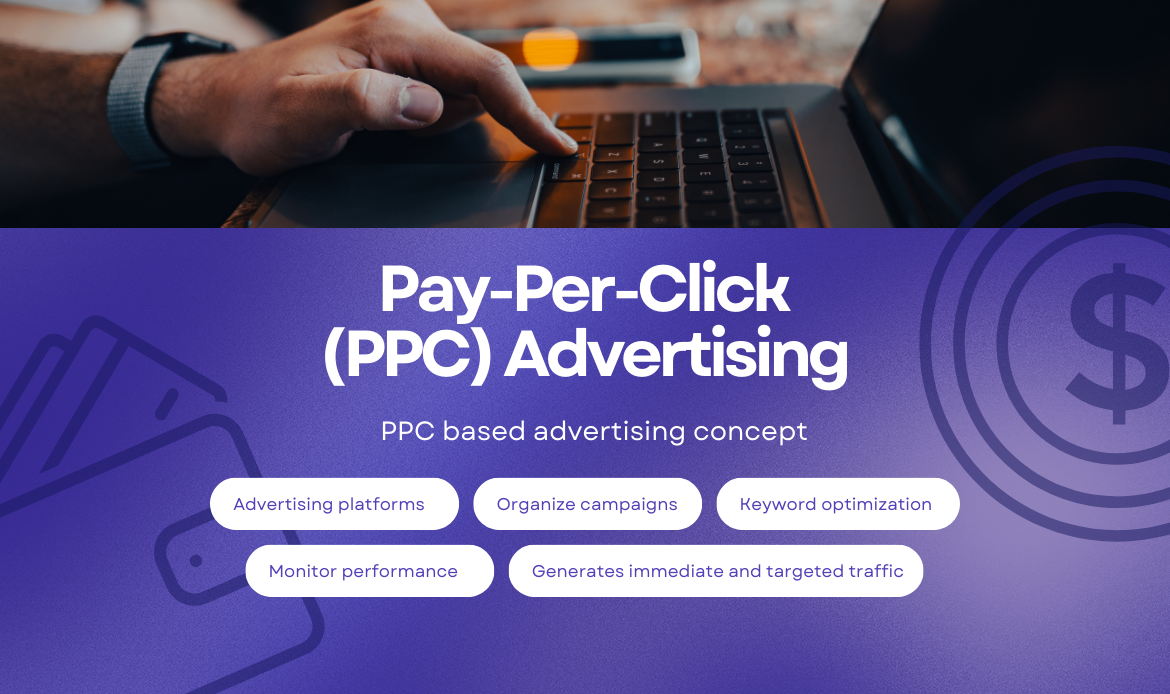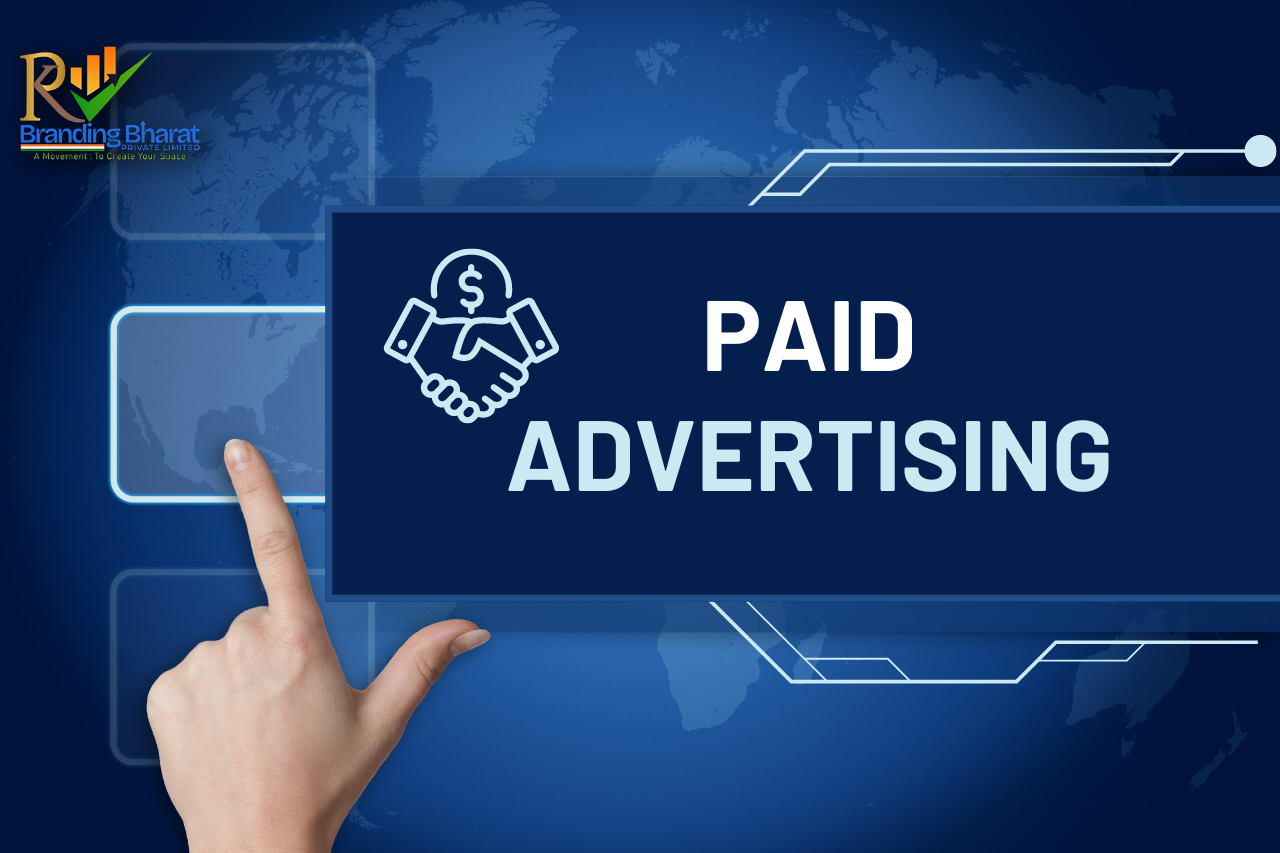What is Paid Advertising?
Paid advertising refers to any kind of advertisement where the advertiser pays for the space, time, or engagement. This can include everything from traditional media like TV and radio ads to digital platforms such as social media, search engines, and display networks. In the digital age, paid advertising has become a cornerstone for businesses seeking to enhance their visibility and reach targeted audiences efficiently.
Benefits of Paid Advertising
The benefits of paid advertising are manifold. Firstly, it provides immediate visibility. Unlike organic strategies, which may take time to build momentum, paid ads can place your brand in front of potential customers almost instantly. This is particularly beneficial during product launches or promotions where time-sensitive visibility is crucial.
Secondly, paid advertising offers precise targeting. With tools like Google Ads Audience Segments, advertisers can pinpoint their audience based on demographics, interests, behavior, and even past interactions with the brand. This level of granularity ensures that the advertising budget is spent efficiently by reaching those most likely to convert.
Another significant benefit is measurable ROI. Platforms such as Google Ads provide detailed analytics and performance metrics, allowing advertisers to track the effectiveness of their campaigns in real-time. This data-driven approach helps in optimizing ad strategies and improving future campaigns.
Google Ads Audience Segments
Google Ads Audience Segments is a powerful feature that enables advertisers to target specific groups of users based on various criteria. These segments can be based on demographics (age, gender, parental status), interests (sports, music, travel), or behaviors (purchasing habits, search history).
For instance, a business selling sports equipment can create an audience segment targeting individuals interested in fitness and sports. By focusing on these predefined segments, advertisers can tailor their messaging and offers to resonate more effectively with their target audience. This targeted approach not only enhances engagement but also improves conversion rates.
What Is SEM?
Search Engine Marketing (SEM) is a broader term that encompasses various strategies used to increase a website’s visibility on search engine results pages (SERPs). This includes both paid search ads (PPC) and organic search engine optimization (SEO).
Paid search ads are typically displayed at the top or bottom of SERPs and are marked as ads. These are purchased through platforms like Google Ads. The primary goal of SEM is to drive traffic to a website by leveraging both paid and organic search strategies. By combining these approaches, businesses can ensure they appear in front of users actively searching for relevant keywords, thereby increasing the likelihood of clicks and conversions.
What PPC Management?
Pay-Per-Click (PPC) management involves overseeing and managing a company’s PPC ad spend. This often requires expertise in Google Ads, Bing Ads, and other ad networks. PPC management is crucial because it ensures that the ad budget is used effectively and that the ads achieve the desired results.
A good PPC management strategy includes keyword research, ad creation, landing page optimization, and continuous monitoring and tweaking of campaigns. By analyzing performance data, PPC managers can adjust bids, targeting, and ad copy to improve ad performance and achieve a better return on investment (ROI).
Key Elements of Paid Advertising
To fully grasp what paid advertising entails, it’s essential to understand its key components:
- Ad Copy: The text or content of the ad must be compelling and relevant. It should include a clear call to action (CTA) to encourage users to take the desired action.
- Targeting: Effective targeting ensures that ads are shown to the right audience. This can be achieved through demographics, geographic locations, interests, and behaviors.
- Bidding: Paid advertising often operates on a bidding system, where advertisers compete for ad placements. The bid amount can influence the ad’s position and visibility.
- Landing Pages: The destination users reach after clicking an ad should be optimized for conversions. This includes a clear, user-friendly layout and relevant content that aligns with the ad.
- Analytics: Tracking and analyzing ad performance is critical. Metrics such as click-through rates (CTR), conversion rates, and cost per acquisition (CPA) help advertisers measure success and make data-driven decisions.
Types of Paid Advertising
Paid advertising comes in various forms, each suited for different marketing goals:
- Search Ads: These are text ads that appear on search engine results pages. They are triggered by specific keywords related to the advertiser’s product or service.
- Display Ads: These are visual ads that appear on websites within the Google Display Network. They can be images, videos, or interactive formats.
- Social Media Ads: Platforms like Facebook, Instagram, LinkedIn, and Twitter offer advertising options where businesses can promote their content directly to users based on their social media activity.
- Video Ads: These appear on platforms like YouTube and can be skippable or non-skippable. Video ads are engaging and can be used for brand awareness or direct response campaigns.
- Shopping Ads: These ads showcase products directly in the search results, complete with images, prices, and product descriptions. They are particularly effective for e-commerce businesses.
Strategies for Effective Paid Advertising
To maximize the benefits of paid advertising, businesses should consider the following strategies:
- Define Clear Goals: Establish what you want to achieve with your ads, whether it’s brand awareness, lead generation, or direct sales.
- Budget Wisely: Allocate your ad budget based on the expected return. It’s often beneficial to start with a smaller budget, test different strategies, and then scale up successful campaigns.
- Leverage Data: Use analytics to gain insights into ad performance. Identify what works and what doesn’t, and adjust your campaigns accordingly.
- Optimize Continuously: Regularly update your ad copy, targeting, and bidding strategies to improve performance. A/B testing can help identify the most effective elements of your campaigns.
- Engage with Retargeting: Retargeting allows you to show ads to users who have previously interacted with your website. This can be an effective way to re-engage potential customers and encourage conversions.


Conclusion
In summary, paid advertising is a critical component of modern marketing strategies, offering immediate visibility, precise targeting, and measurable results. Whether through Google Ads Audience Segments, PPC management, or broader SEM strategies, businesses can effectively reach and engage their target audience. By understanding the fundamentals and leveraging data-driven strategies, advertisers can maximize their ROI and achieve their marketing goals.
Click here to know more about Paid Advertising.
